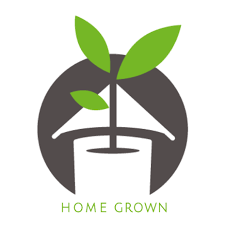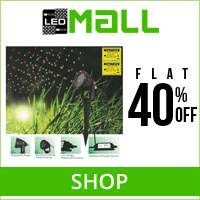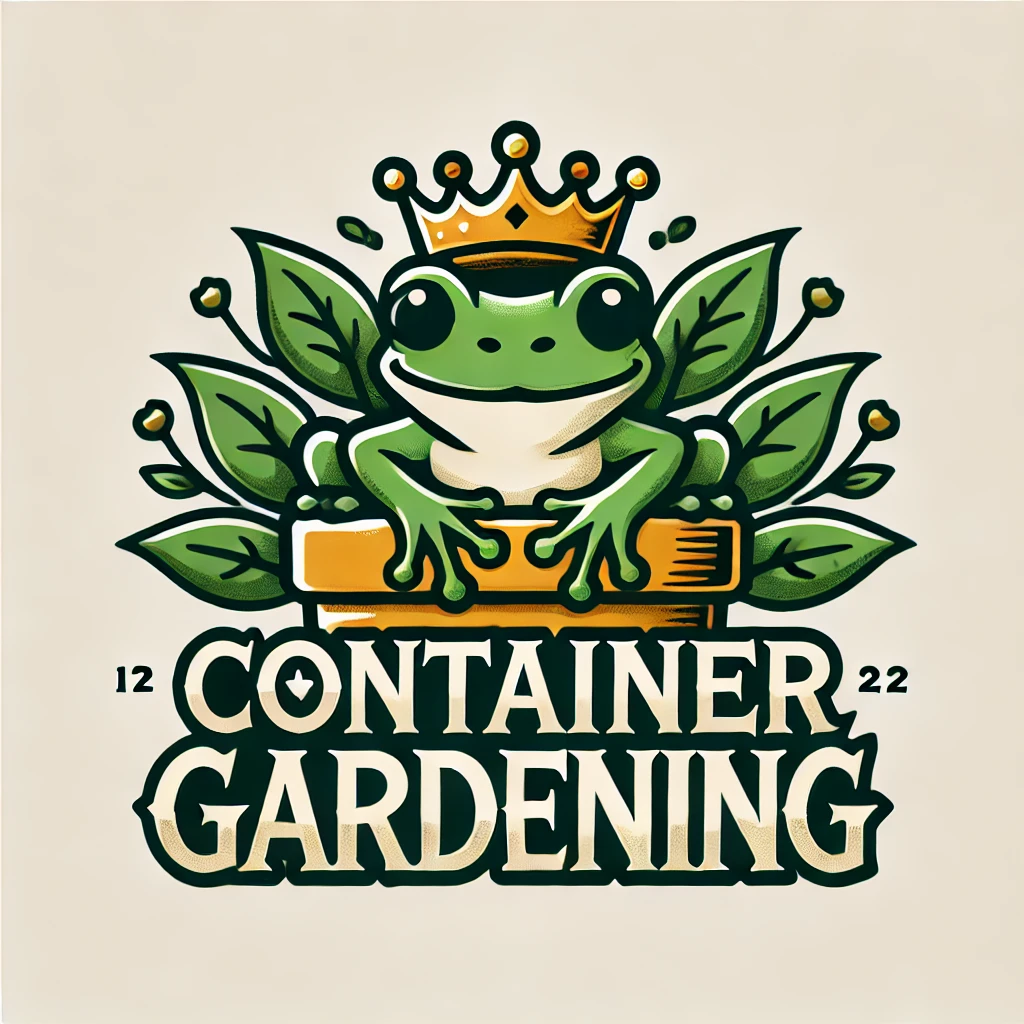17 Cheap Container Vegetable Gardening Ideas That Will Transform Your Garden for Less!
Never Kill a Plant Again
The #1 reason plants fail is the wrong soil. Use our free tool to create the perfect, custom potting mix recipe for any plant in your collection.
Design Your Custom Potting Mix
Get a step-by-step recipe tailored to your plant's specific needs for perfect drainage, aeration, and nutrition.
Custom Potting Mix Recipe Designer
Enter the name of your plant, tree, or cactus to get a custom potting mix recipe.

Grow a Whole Garden on Your Patio
The Garden Tower® 2 is a revolutionary vertical gardening system that lets you grow 50 plants in just 4 square feet.
Learn More →Start Your Own Home Garden
Get everything you need to start growing your own food. Find seeds, kits, and expert advice for a bountiful harvest.
Start Your Garden →
Complete Your Gardening Setup
Get the essential gear to ensure your plants thrive.

Perfect Light, Any Season
Don't let cloudy days stop you. Provide your indoor plants with the perfect light spectrum to flourish with high-quality LED grow lights.
Shop LED Grow Lights
Find the Perfect Home
You've got the perfect soil mix. Now, give your plant a beautiful home to thrive in. Find stylish and affordable planters at Walmart.
Shop Outdoor PlantersExplore New Ways to Garden
Discover new passions and bring more nature into your life.

Master the Art of Bonsai
Discover the ancient art of Bonsai with the nation's leading supplier of Bonsai trees, tools, and supplies.
Discover Bonsai Trees
Bring the Outdoors In
Create a stunning garden oasis in any room. Transform your space with a beautiful, high-quality wall mural from Magic Murals.
Shop Wall Murals